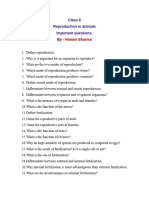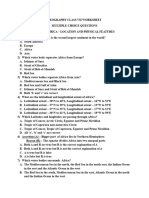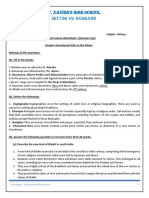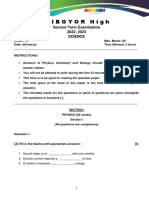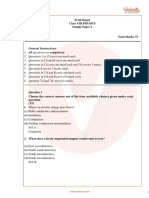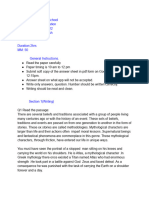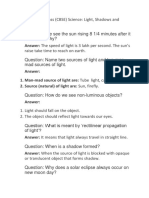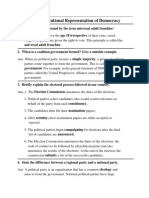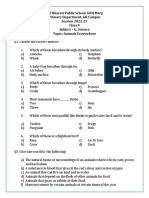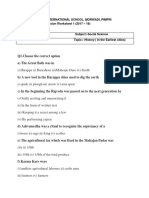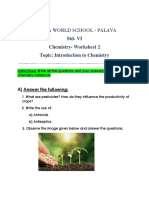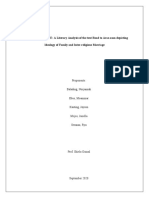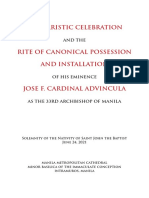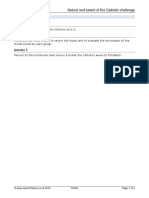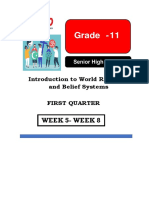0% found this document useful (0 votes)
1K views2 pagesClass 7 Christanity
The document discusses the rise and spread of Christianity, highlighting Jesus Christ as its founder and detailing significant events such as his crucifixion and resurrection. It also covers the impact of Emperor Constantine in legalizing Christianity and the role of monasteries in medieval Europe, particularly in education and the preservation of knowledge. Additionally, it addresses the decline of the Roman Empire due to barbarian invasions.
Uploaded by
op1234ffyttCopyright
© © All Rights Reserved
We take content rights seriously. If you suspect this is your content, claim it here.
Available Formats
Download as PDF, TXT or read online on Scribd
0% found this document useful (0 votes)
1K views2 pagesClass 7 Christanity
The document discusses the rise and spread of Christianity, highlighting Jesus Christ as its founder and detailing significant events such as his crucifixion and resurrection. It also covers the impact of Emperor Constantine in legalizing Christianity and the role of monasteries in medieval Europe, particularly in education and the preservation of knowledge. Additionally, it addresses the decline of the Roman Empire due to barbarian invasions.
Uploaded by
op1234ffyttCopyright
© © All Rights Reserved
We take content rights seriously. If you suspect this is your content, claim it here.
Available Formats
Download as PDF, TXT or read online on Scribd
/ 2



